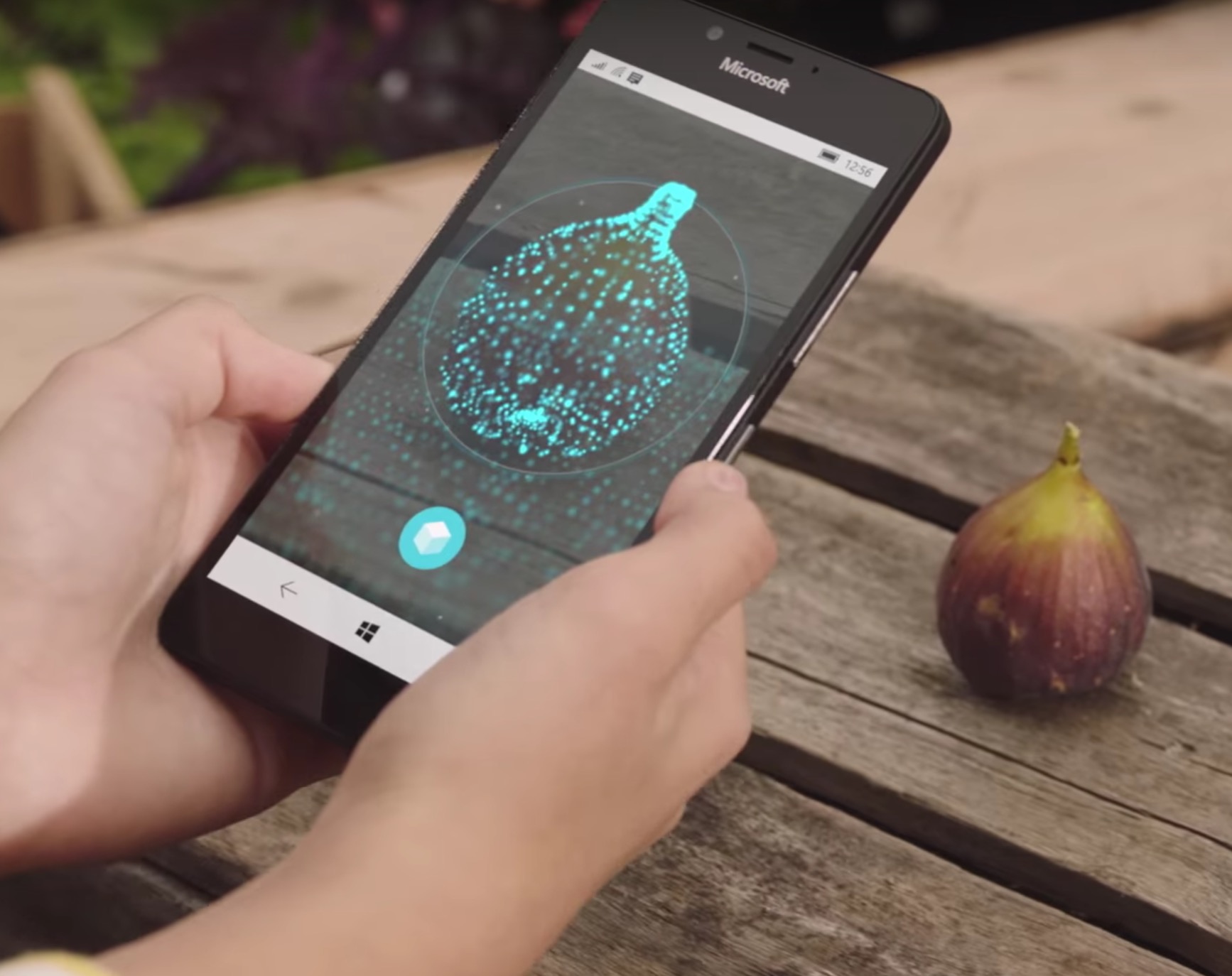
It seems software giant Microsoft is going deeper into 3D technology, and I’m wondering how this could tilt the 3D printing landscape.
In their most recent OS, Windows 10, the company has just provided a series of interesting 3D software tools. You can see how some of them work in this video:
In the video, they show everyday folks using 3D technology in a variety of ways. Someone 3D scans a vegetable using their smartphone, for example. The scanned veggie is then subjected to comedic adaptation by implanting eyes and wings with an easy-to-use 3D modeling system. You’ll even be able to 3D print the models produced in this way.
This is all fun, but it’s certainly not going to replace 3D scanners and CAD systems such as Creaform’s or Solidworks, as they are far more robust, precise and business-aligned than Microsoft’s new offerings.
That said, there are going to be some effects from Microsoft’s increasing forays into 3D technologies.
The first and most important is that a great deal more people will be directly exposed to 3D technology. In the past, while it was possible for everyone to get involved, it required some explicit actions to get their. By including this stuff with their software, many more people will bump into it.
Secondly, those using the 3D tools will become accustomed to the idea of 3D. I cannot understate how critical this aspect is, because many people find it challenging to “think” in 3D. It takes a kind of mental leap to “get it”. Obviously most readers of this publication have likely done so, but this is not the case for the general public. Now that may change.
The result will be many more 3D-enabled people on the streets of the future.
Finally, there is another effect: trouble of some smaller 3D developers. Those who created systems for providing simple 3D modeling or scanning may suddenly find themselves short customers, because some folks simply found what they needed with Microsoft.
And yes, it’s not a vegetable, it’s a fruit. A fig, I believe.
Via Microsoft

